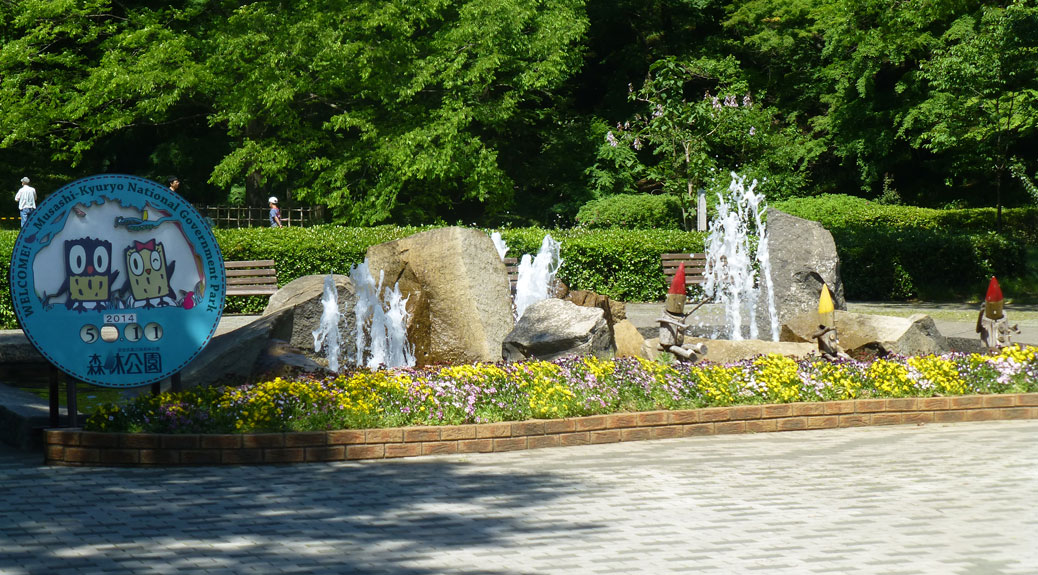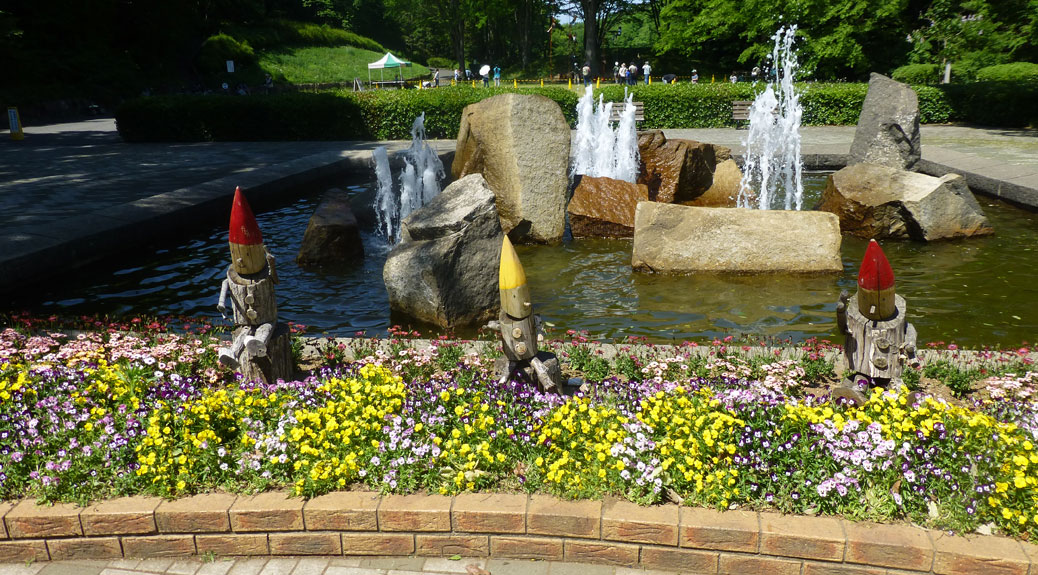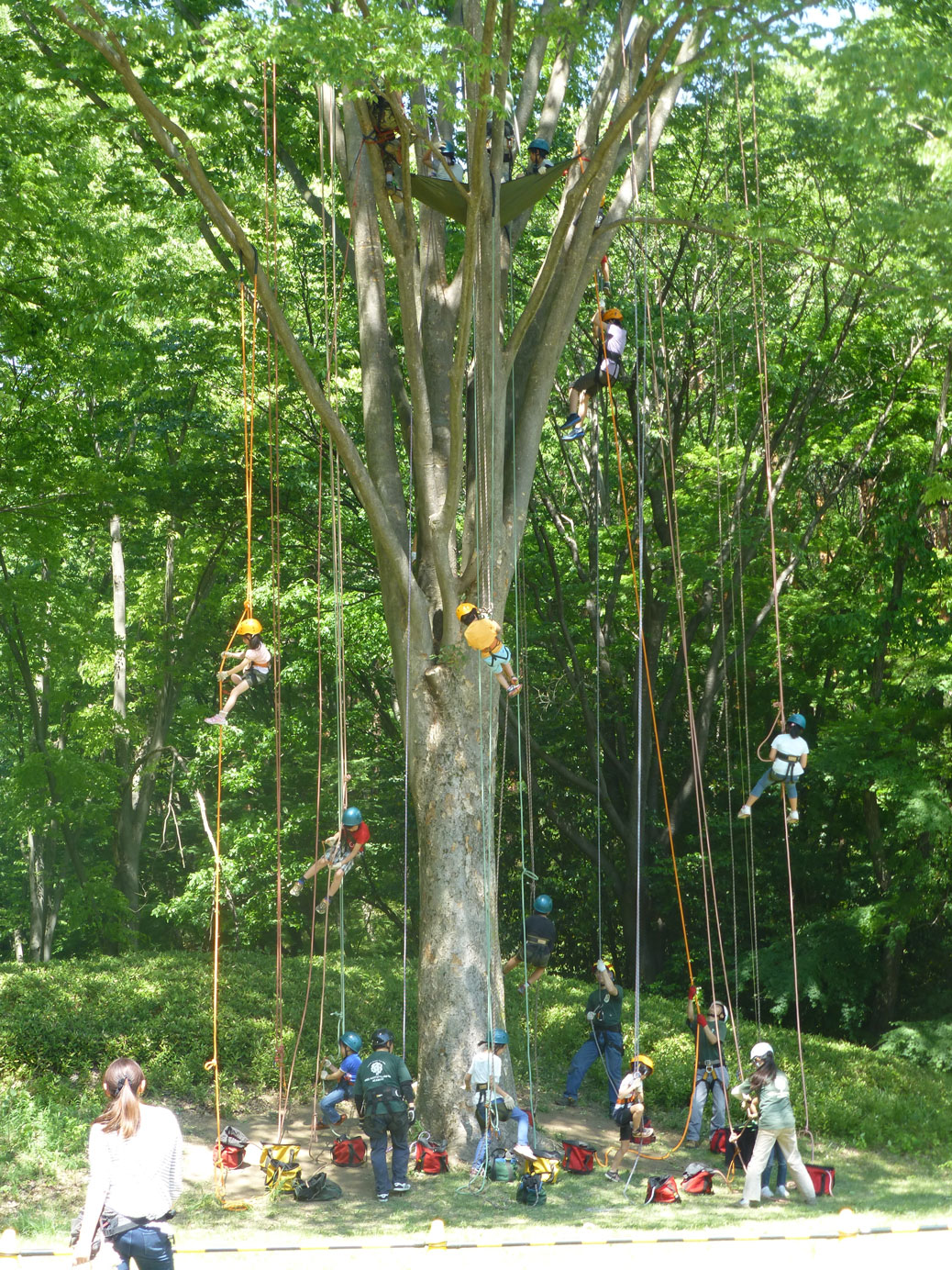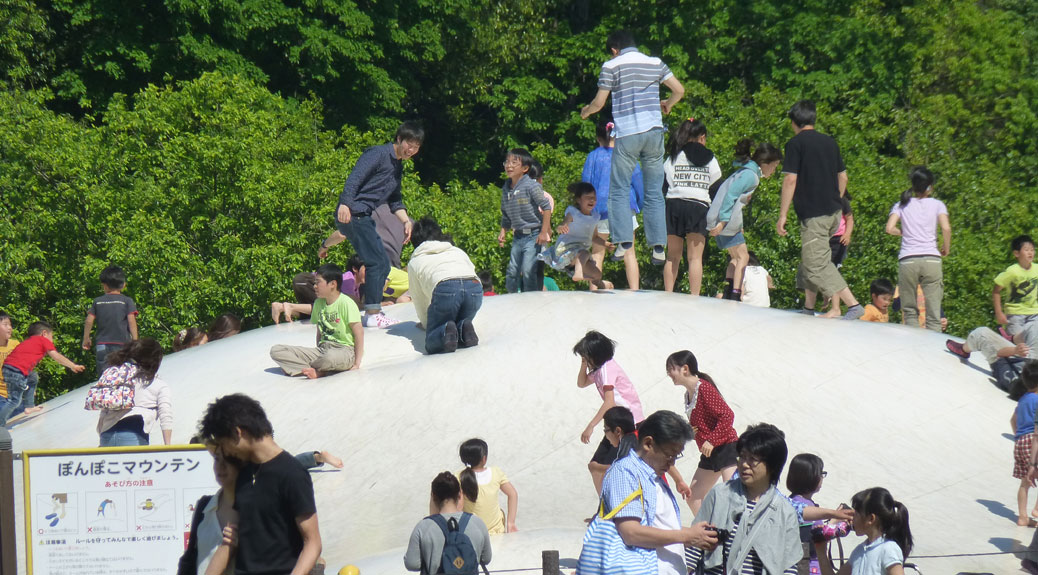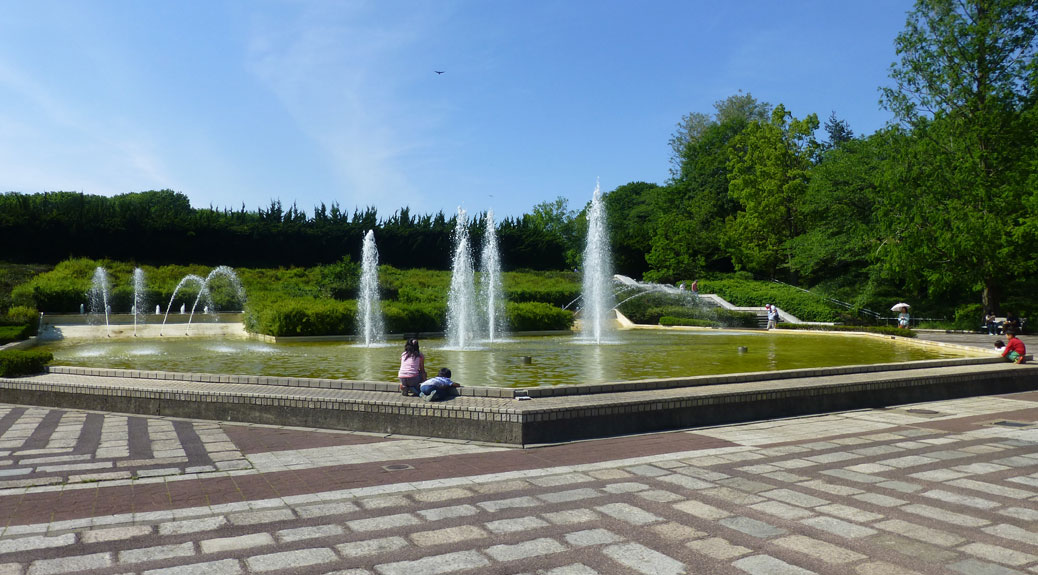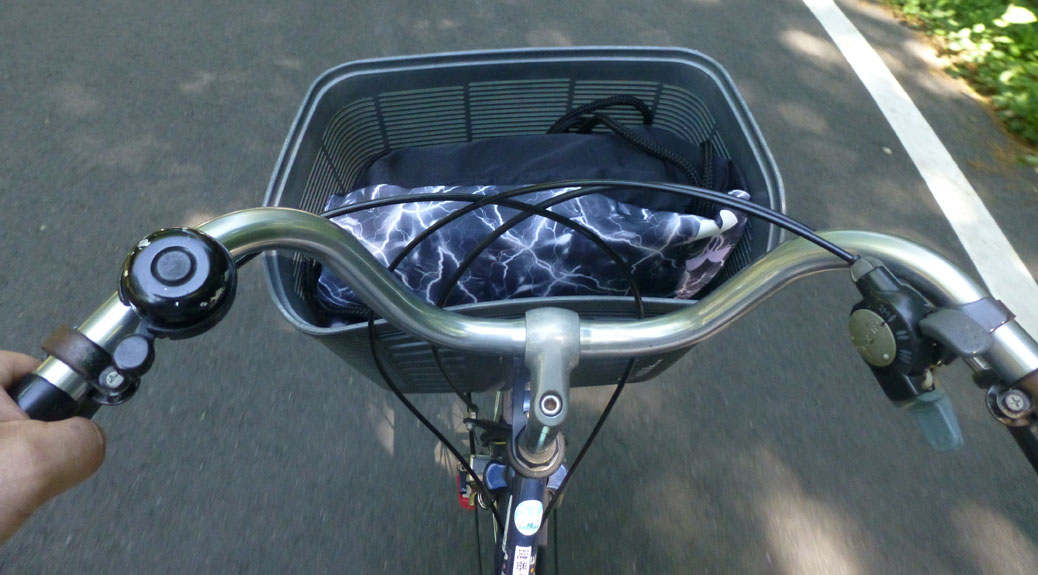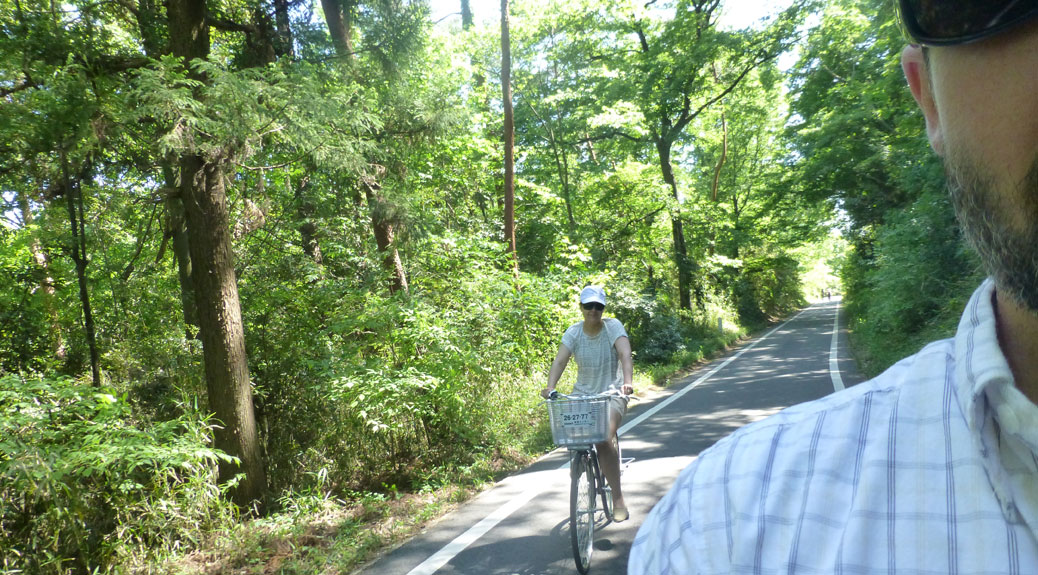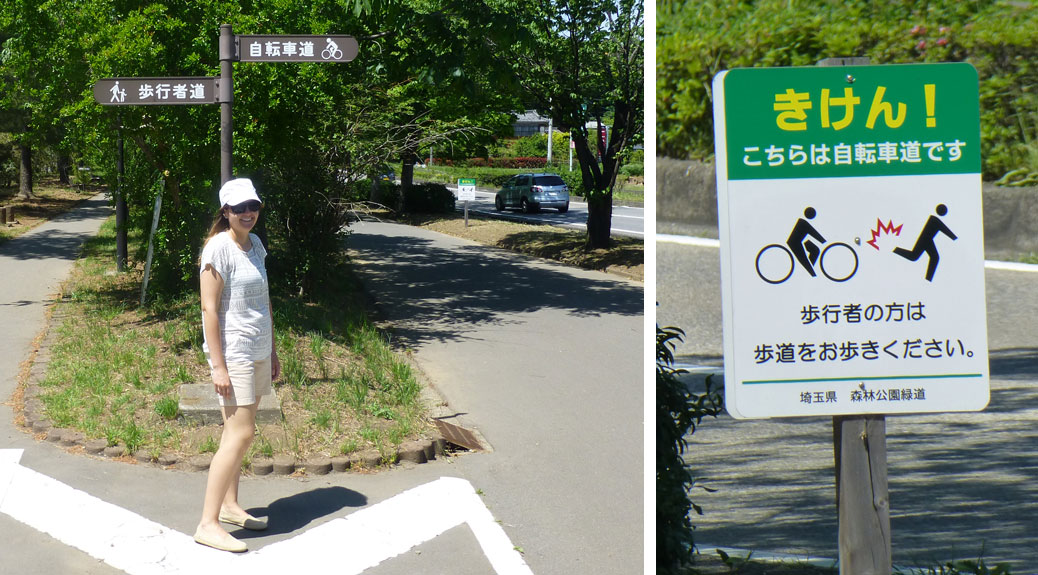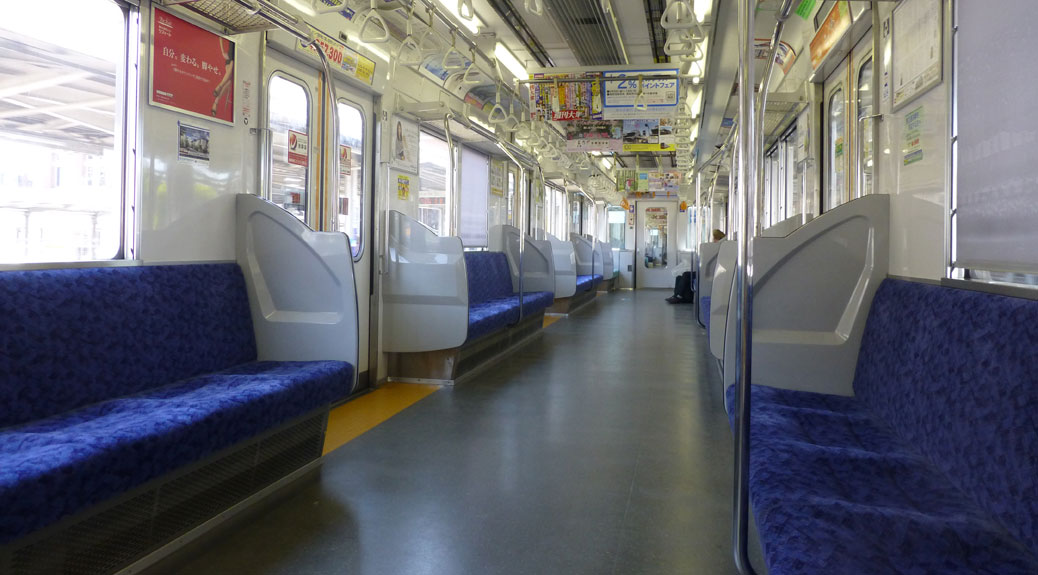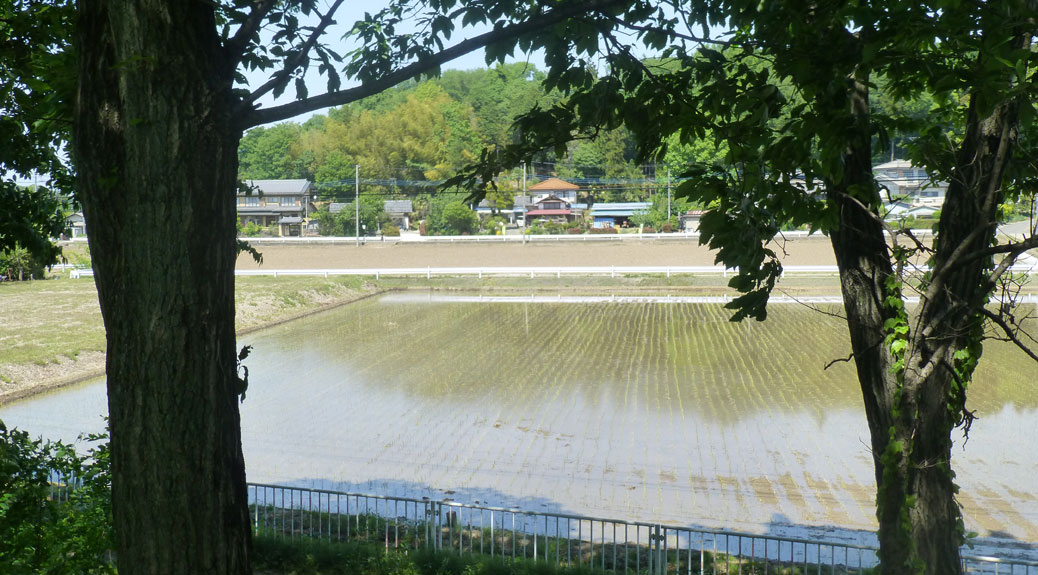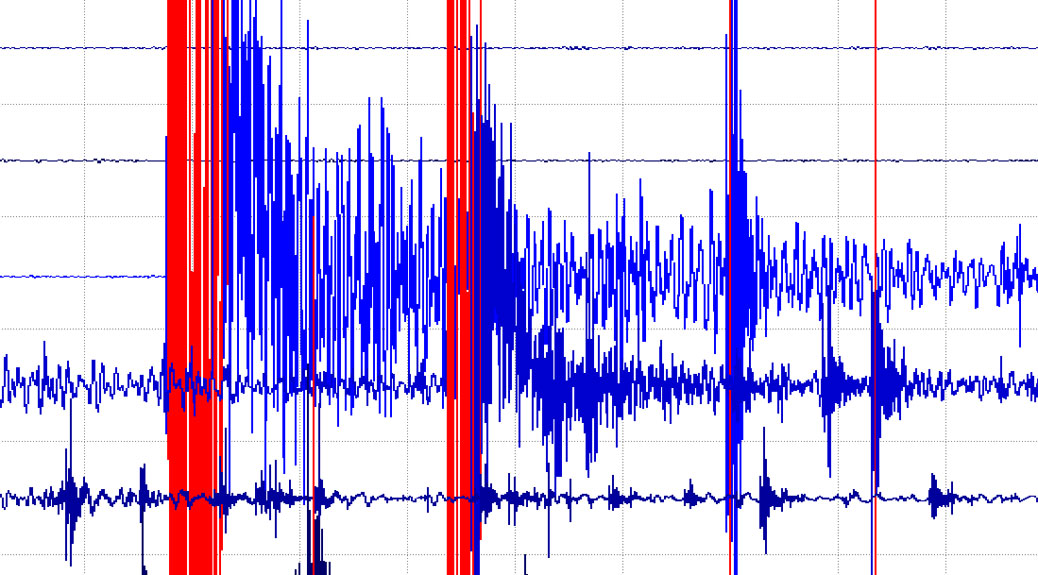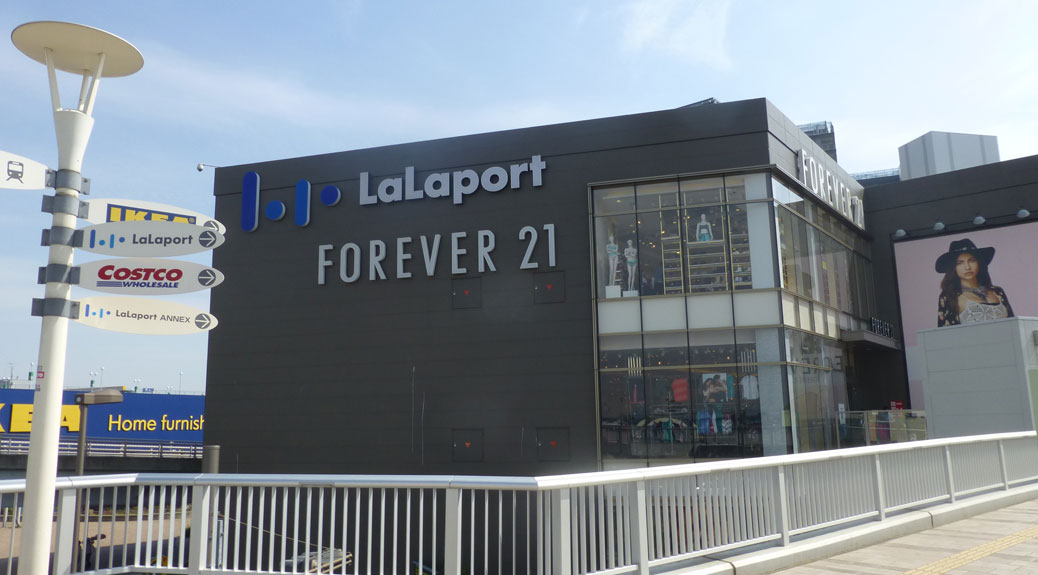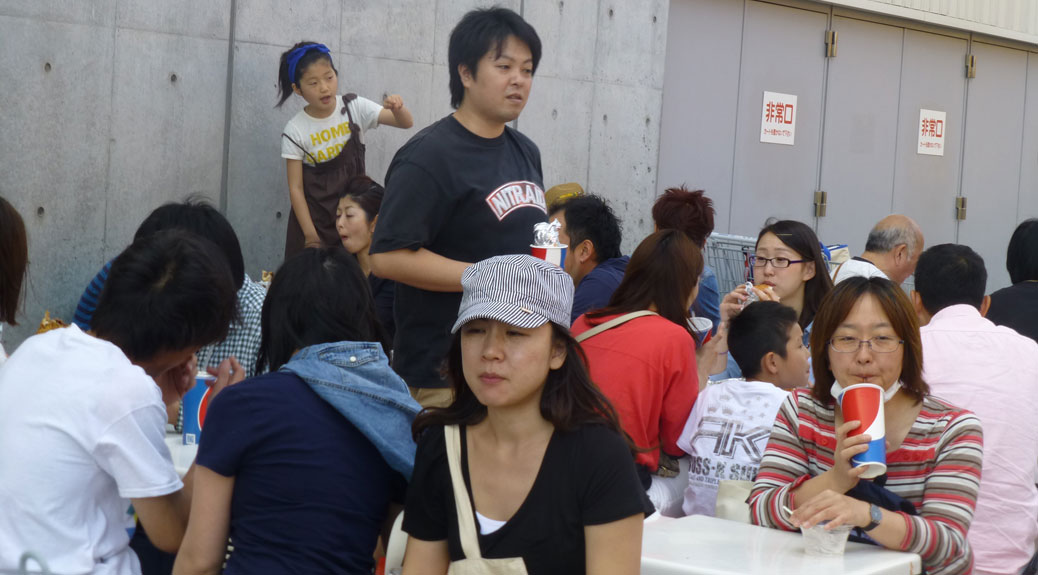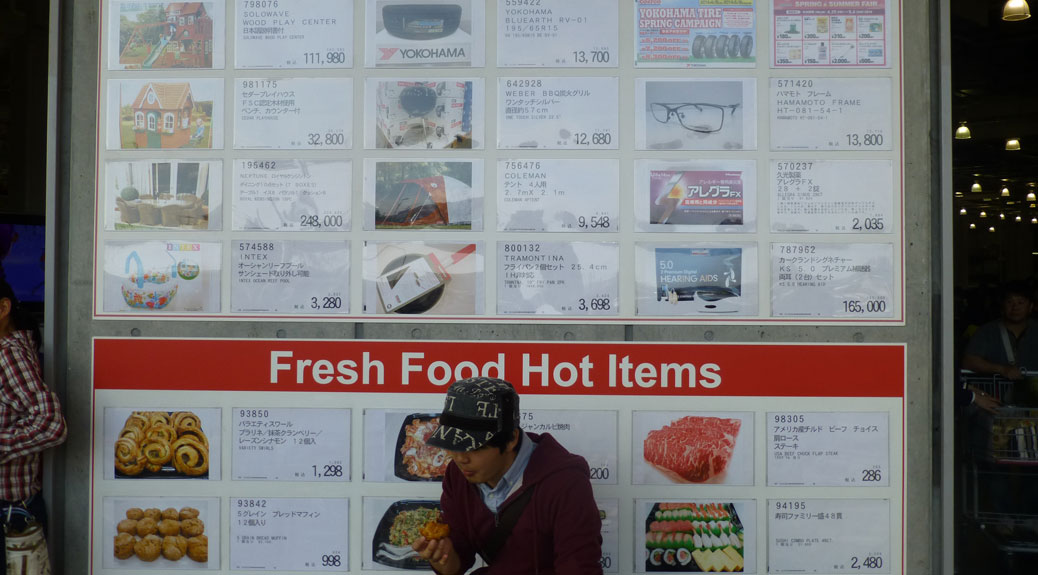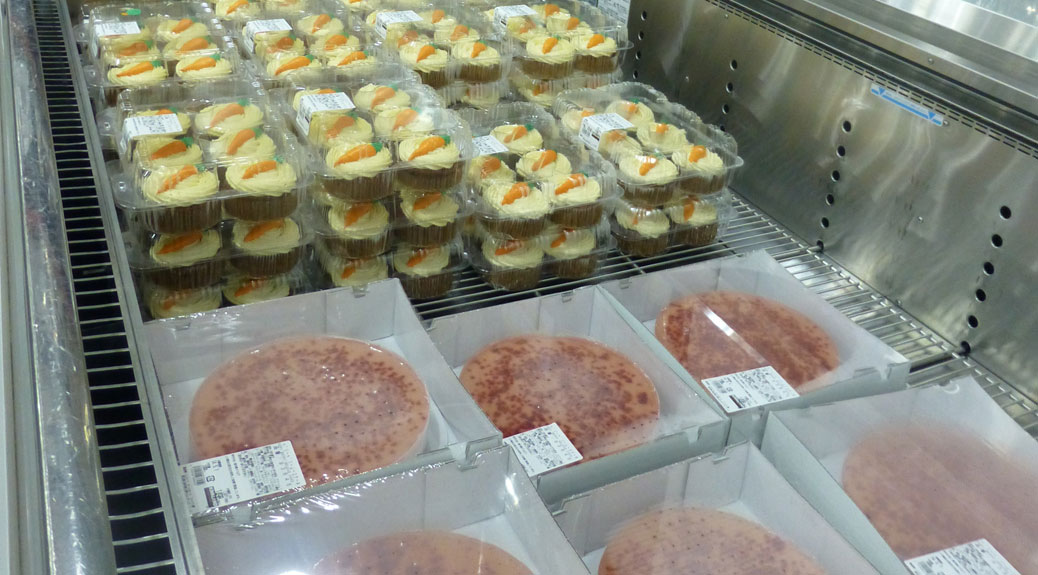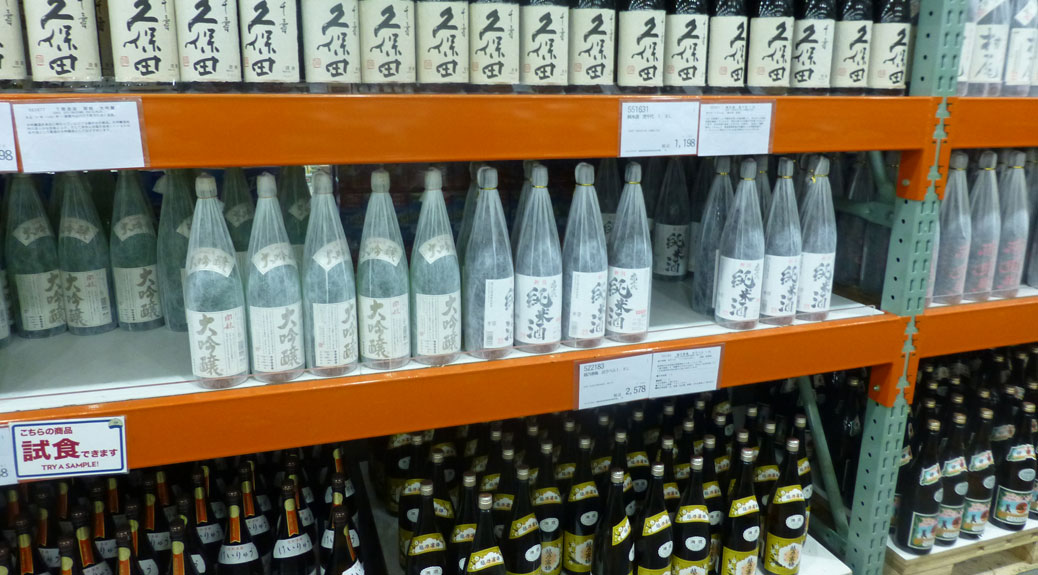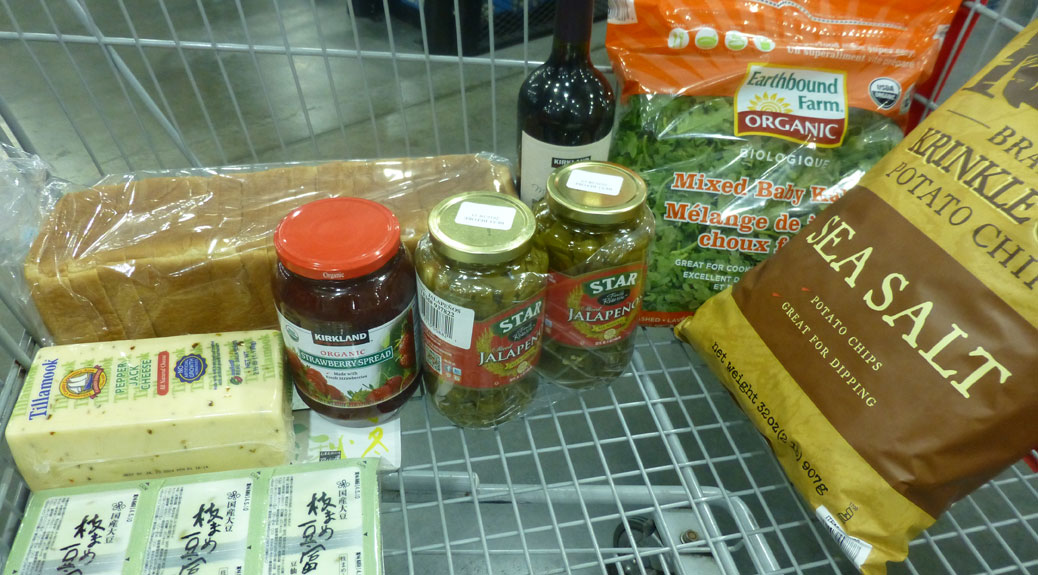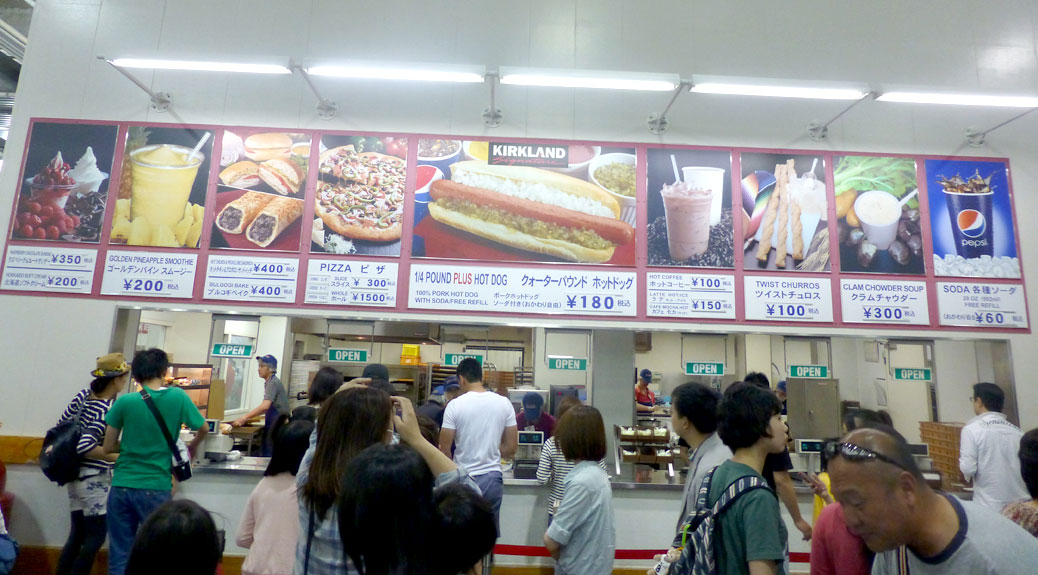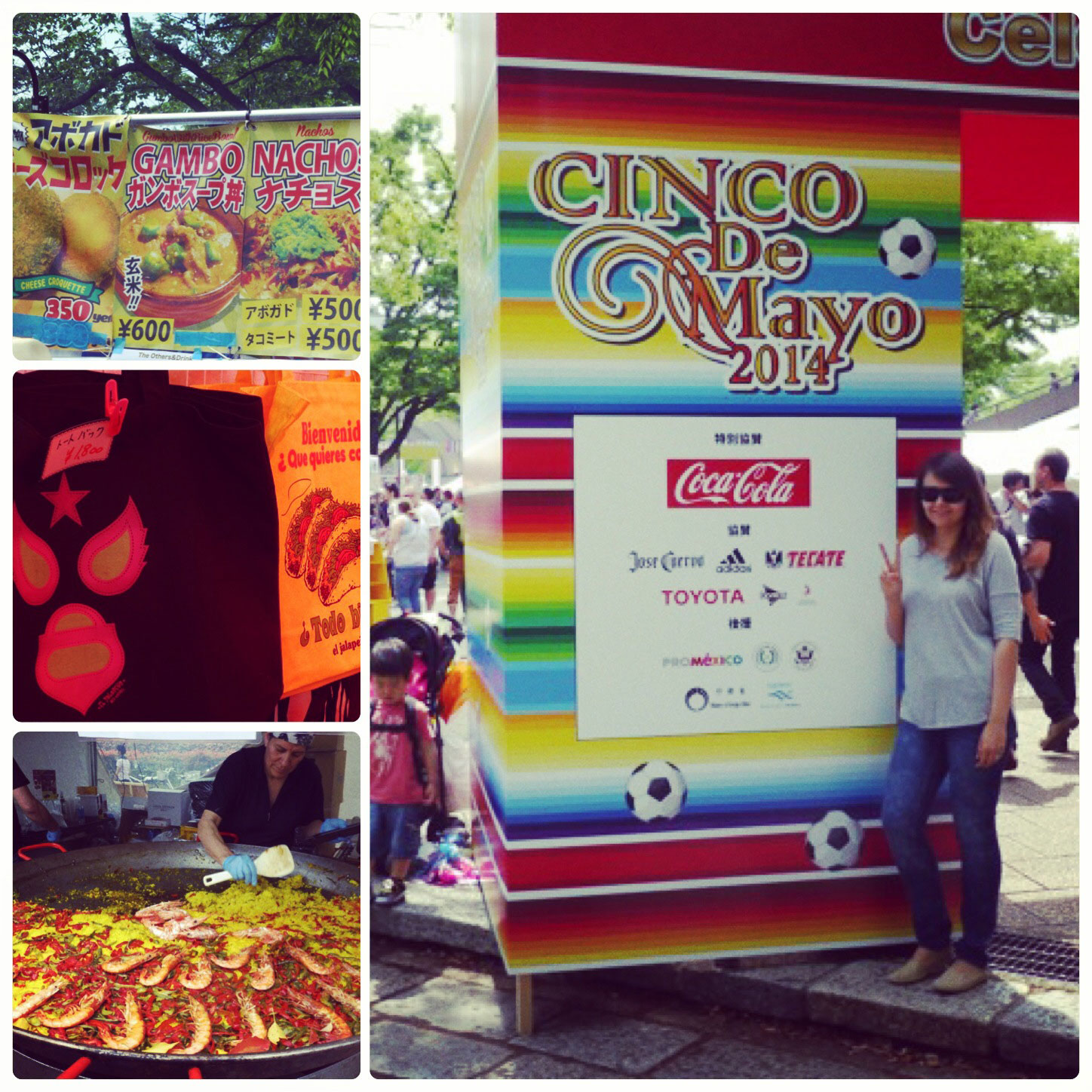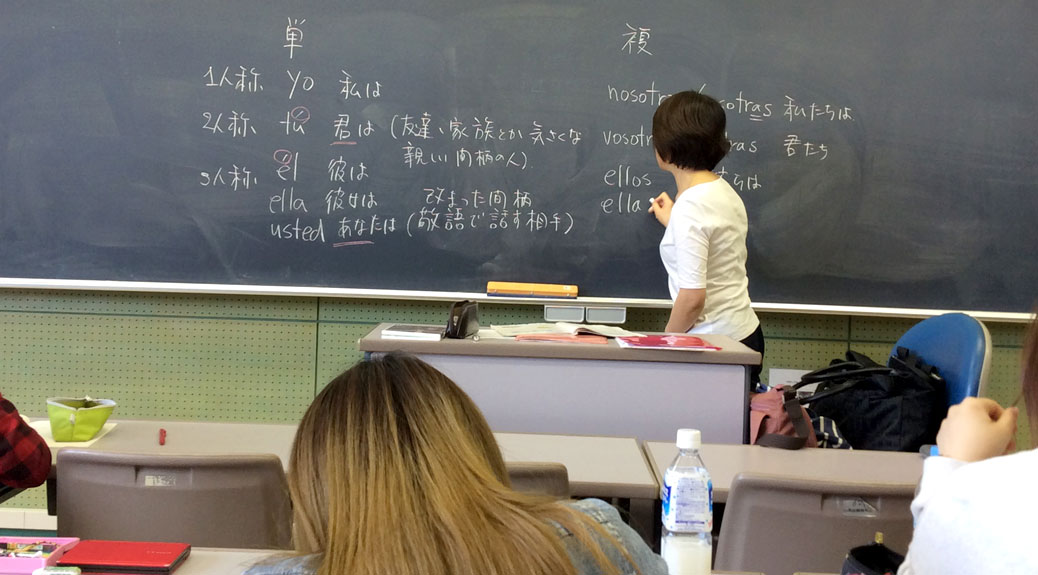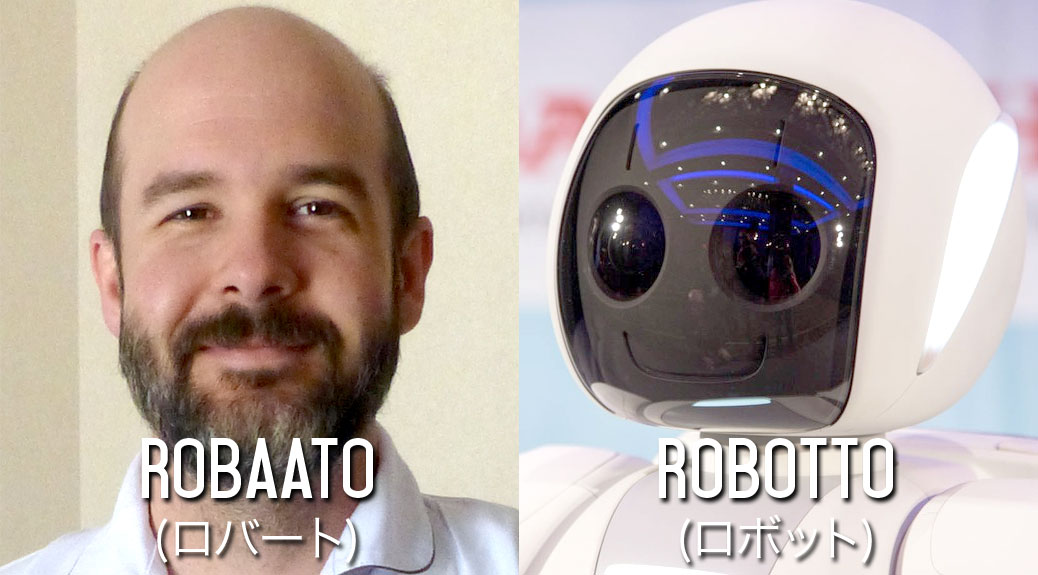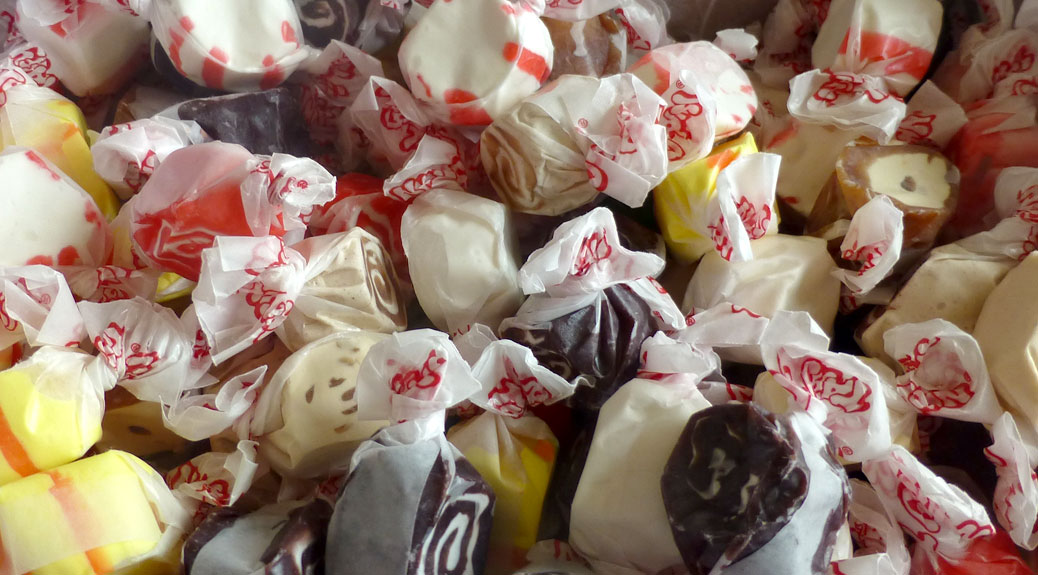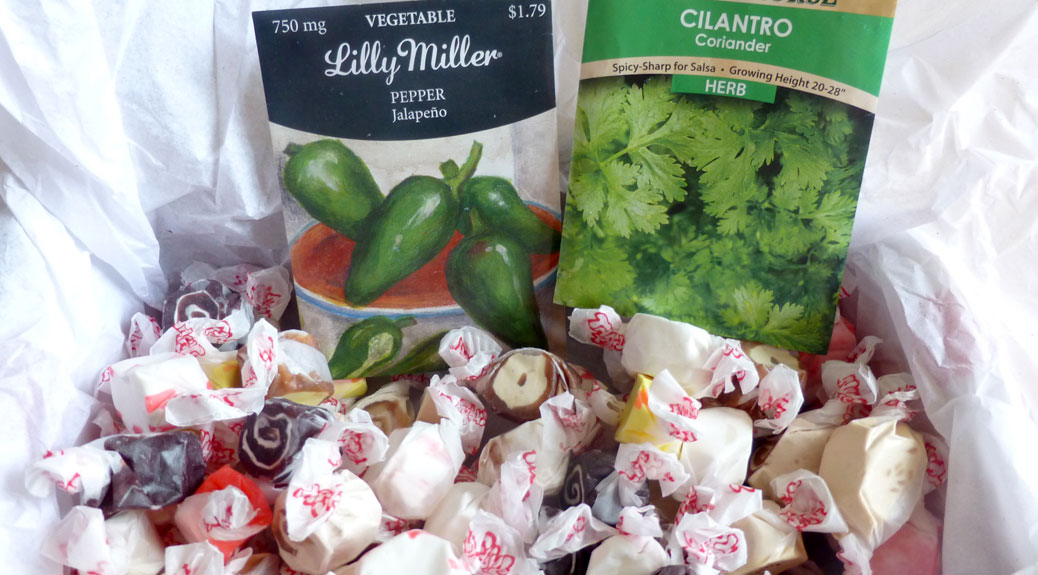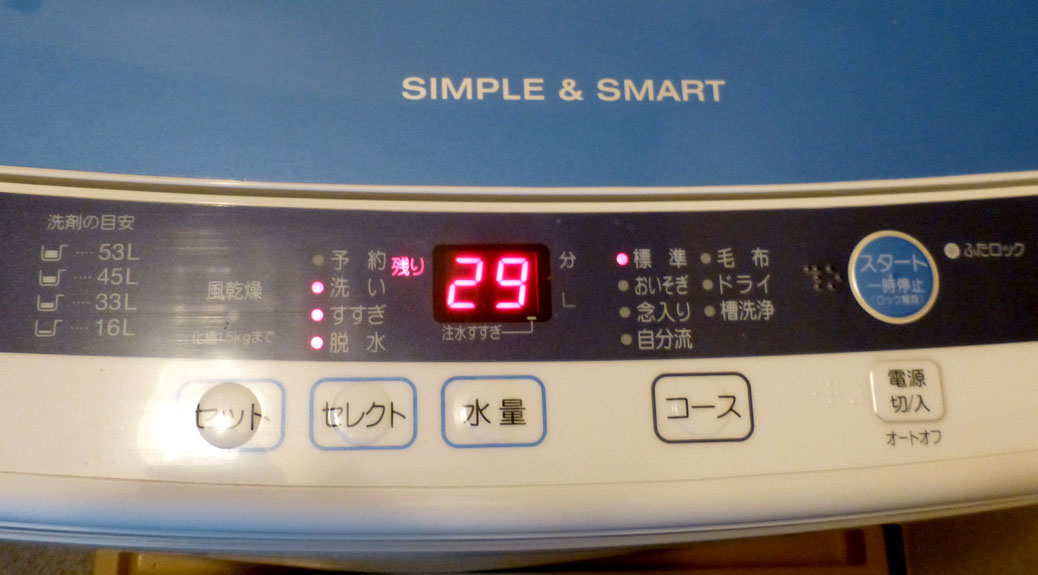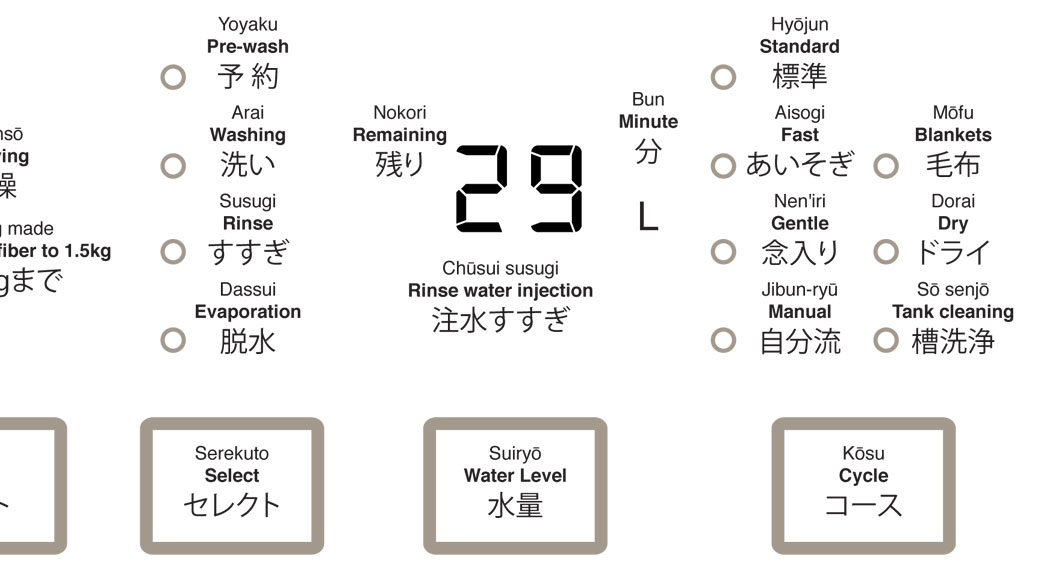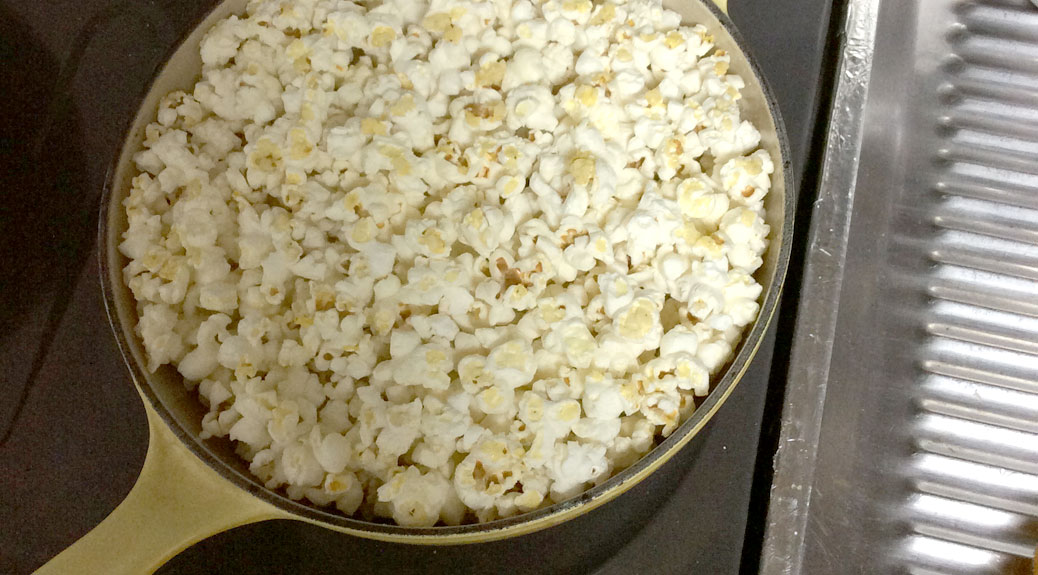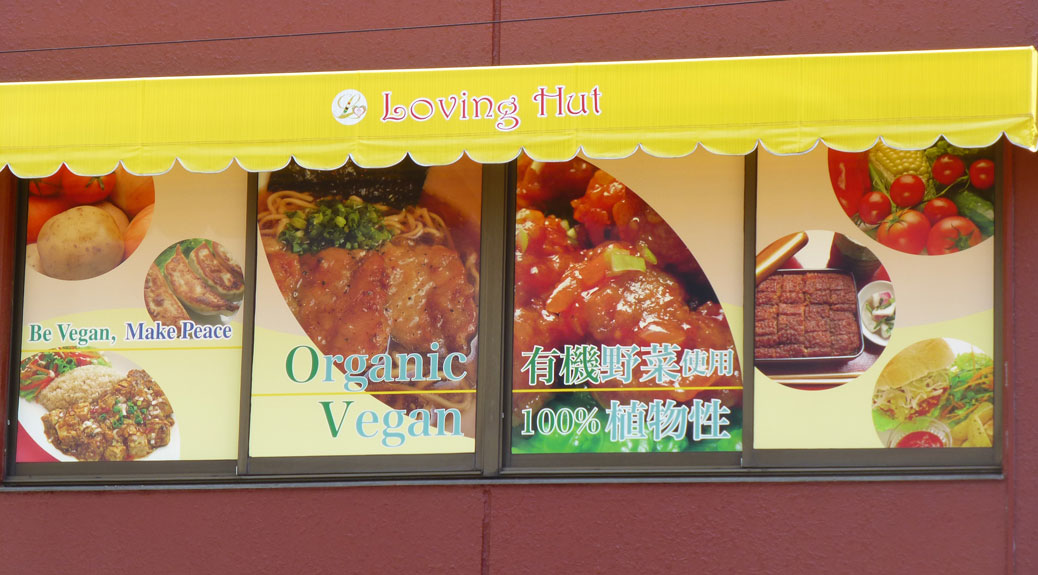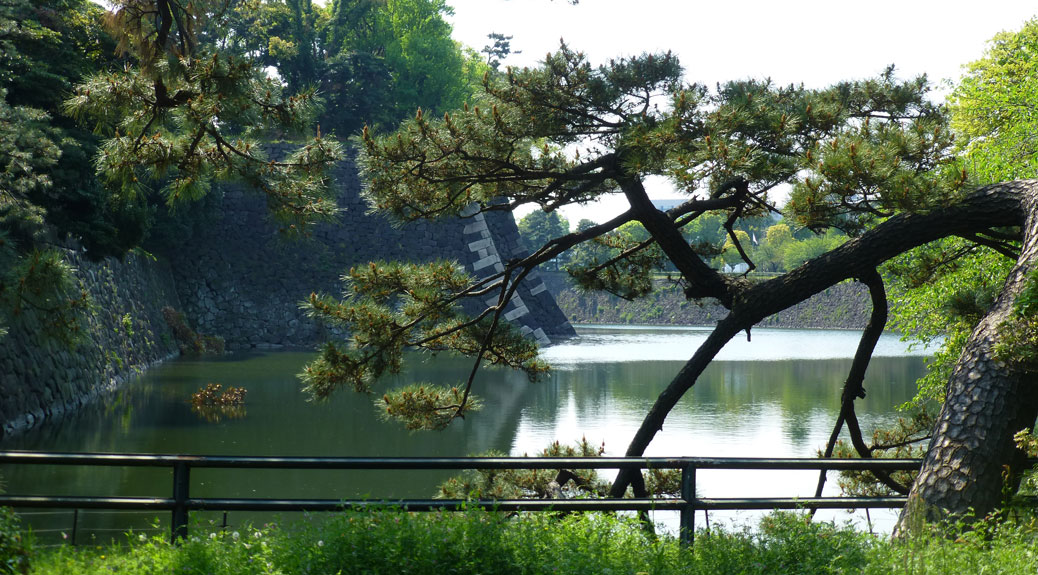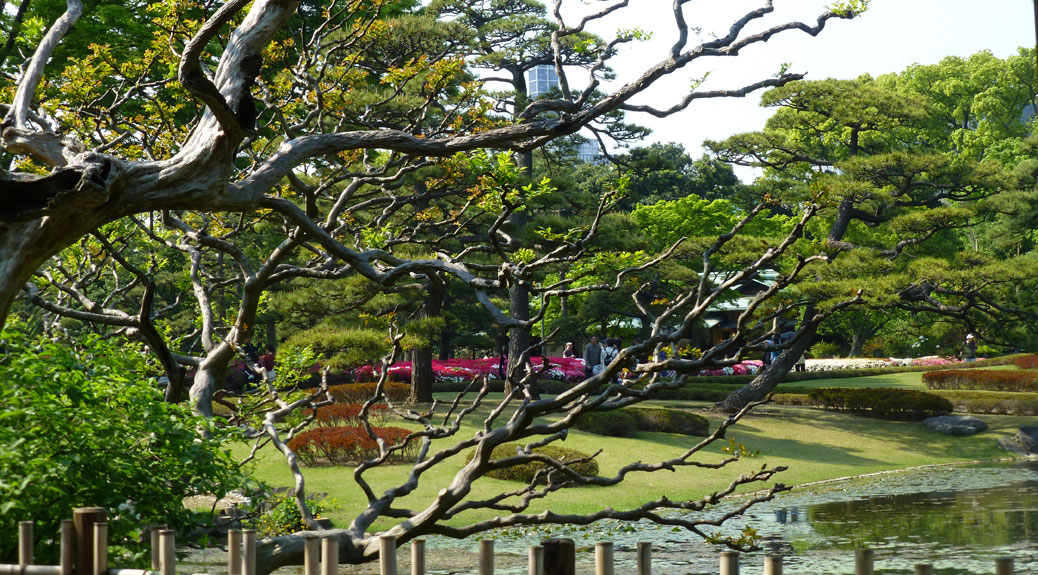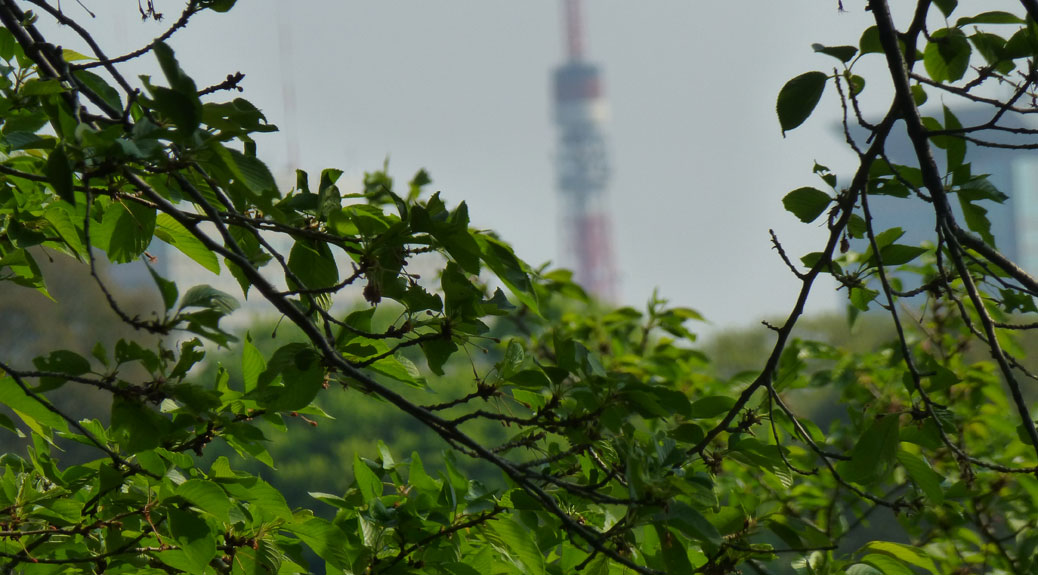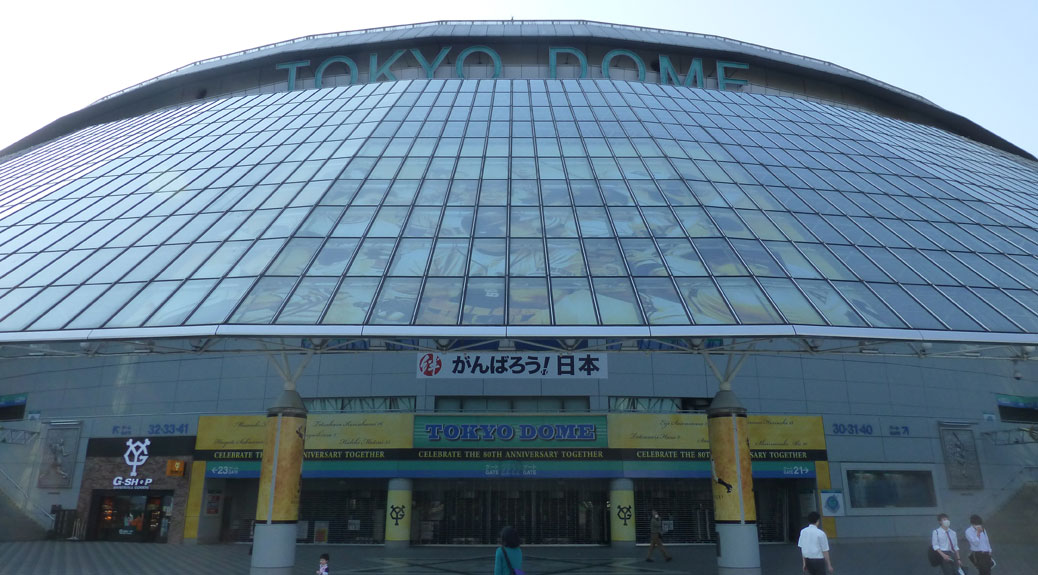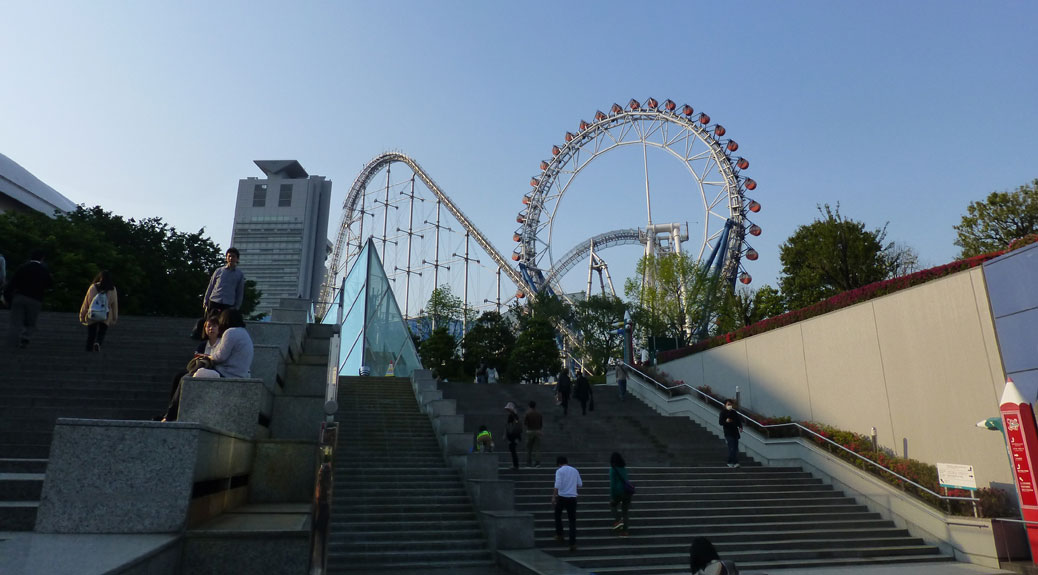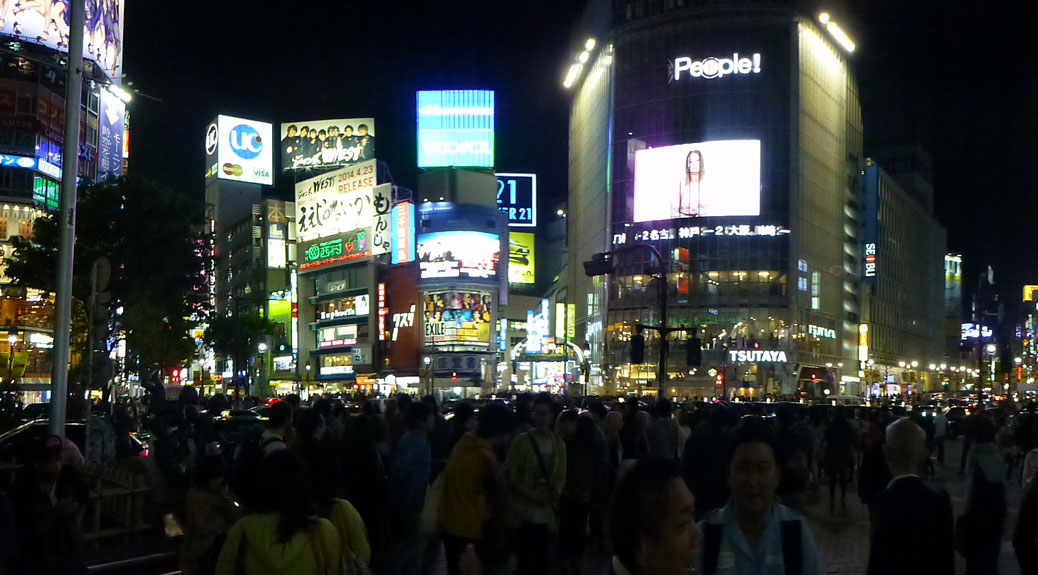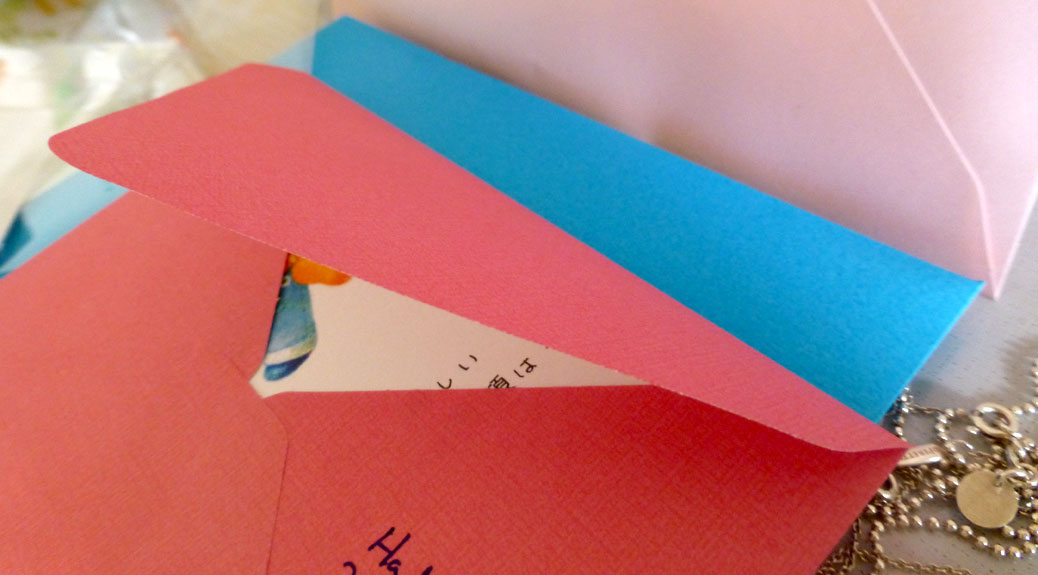A grocery trip back home meant hopping into our fuel-efficient hybrid car and driving three or four miles to the nearest store. We’d enter armed with reusable grocery and produce bags, choose unpackaged fresh fruits and vegetables, bulk nuts and snacks, etc. Once home, the packaging would be separated into recycling (unsorted for the most part), compost and finally trash.
When we first arrived in Japan, the sheer amount of packaging used in the grocery stores hurt our green Cascadian hearts. Most snack items are individually packaged, then included in a larger package with a plastic tray and cellophane wrapper. Fruit and vegetables are rarely available per item. Rather, they are pre-packaged in cellophane-wrapped, culturally-friendly quantities.
As we approach the two-month mark in Japan, I’ve moved from appalled to thinking the Japanese might be on to something. Bear with me as I lay out my arguments for over-packaging.
Convenience
Of course, the convenience of individually-packed items is nice. Whether packing work lunches or snacks for a weekend day trip, it’s easy to grab a few items, toss them in the bag and go. At home, we typically bought nuts, etc. in bulk and used plastic containers or re-used sandwich bags to take things to go. While we used our sandwich bags until they punctured, seeing some of our neighbors trash, I know most of those bags ended up in the general trash, creating as much landfill waste as if the items were individually packaged.
Could the same thing be true in Japan? Sure, but…
Japan has one of the world’s best waste management systems
I’ve written briefly before about the complex recycling system in Japan. In Kawagoe, we have nine categories of waste. On the extreme, the village of Kamikatsu in Tokushima Prefecture has 44 categories as its citizens aim to eliminate landfill-bound trash by 2020.
As of 2010, Japan recycled 77 percent of its plastic waste, compared to 20 percent in the U.S. There’s also a broader category of what types of plastics can be recycled. In Linn County, Oregon, for example, we had to throw away the lids to plastic bottles. Those are recyclable in Japan.
As refuse collection areas are shared by neighborhood, peer pressure encourages the proper sorting. All waste is required to be placed in transparent plastic bags and trash collectors will gently remind rule breakers of the proper sorting techniques.
Since the system is so good, it got me to thinking about the health benefits…
Individual serving sizes are better for your health
Japan is not a “super-sized” country. Restaurant portions are appropriate. Desserts in grocery stores come in smaller sizes. Actually, most items are an appropriate serving. According to an International Business Times article, the obesity rate in Japan is 3.5 percent compared to 34.9 percent in the U.S. The government has set a “maximum waist size” limit for people age 40 or older that, if breached, results in mandatory weight counseling and support sessions. Companies with high rates of obesity among its employees are fined.
The goal is not a socialist takeover of the individual rights of citizens, but a responsible approach to reducing weight-related diseases that put a burden on taxpayers to cover rising health care costs for preventable diseases (sound familiar, U.S.?). The result is a lifespan about five years longer than in the U.S.
We’ve noticed this on a personal level in our first two months here. I’ve already lost those stress-eating-related 20 lbs. I brought with me. Urban development built around walking and public transportation and a national culture of portion-control promotes general healthiness.
Want a Kit Kat? The individually-packaged ones have about 64 calories. I grab one, get my fix and move on with my day. Grab a Kit Kat at 7-11 in the states? 210 calories. That beautiful chocolate-carmel ice cream bar at home? 320 calories. The smaller version in Japan is just 160 calories. All the satisfaction with half the calories.
As an experiment, take what you consider a serving of a snack. Nuts are a great example. An actual serving of nuts, about 180 calories, is only 1/4 cup. My guess is you have at least two servings in your hand. I know I did.
There’s an increasing trend in processed convenience foods attributed to Japan’s fast-paced lifestyle. It will be interesting to see how this clashes with the anti-obesity campaign in the next couple decades.
Is it really better?
Frankly, I’m sure there’s a bunch of holes in my arguments. But generally, Japan does several things I agree with.
- There’s a national focus on responsible waste management and the system is enforced by the people, not the government. Grass roots support is critical in lasting change.
- The food industry supports a healthier diet through portion control. An individual can still choose to eat more, but servings are carved out via packaging. This makes overeating an informed choice vs. an ignorant one.
- Health care is managed with an eye toward the future. The obesity rate in the U.S. increased from 12 percent in 1990 to 23 percent in 2005. In 2010, it jumped to 35.7 percent. U.S. weight-related health care costs are estimated to be $147 billion annually. These are preventable diseases.



